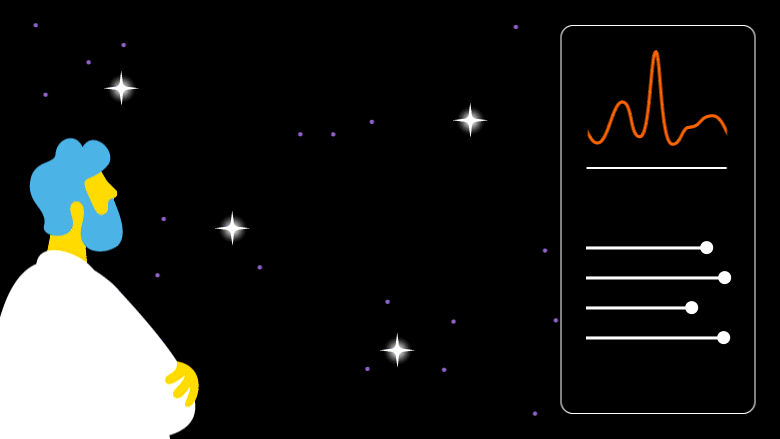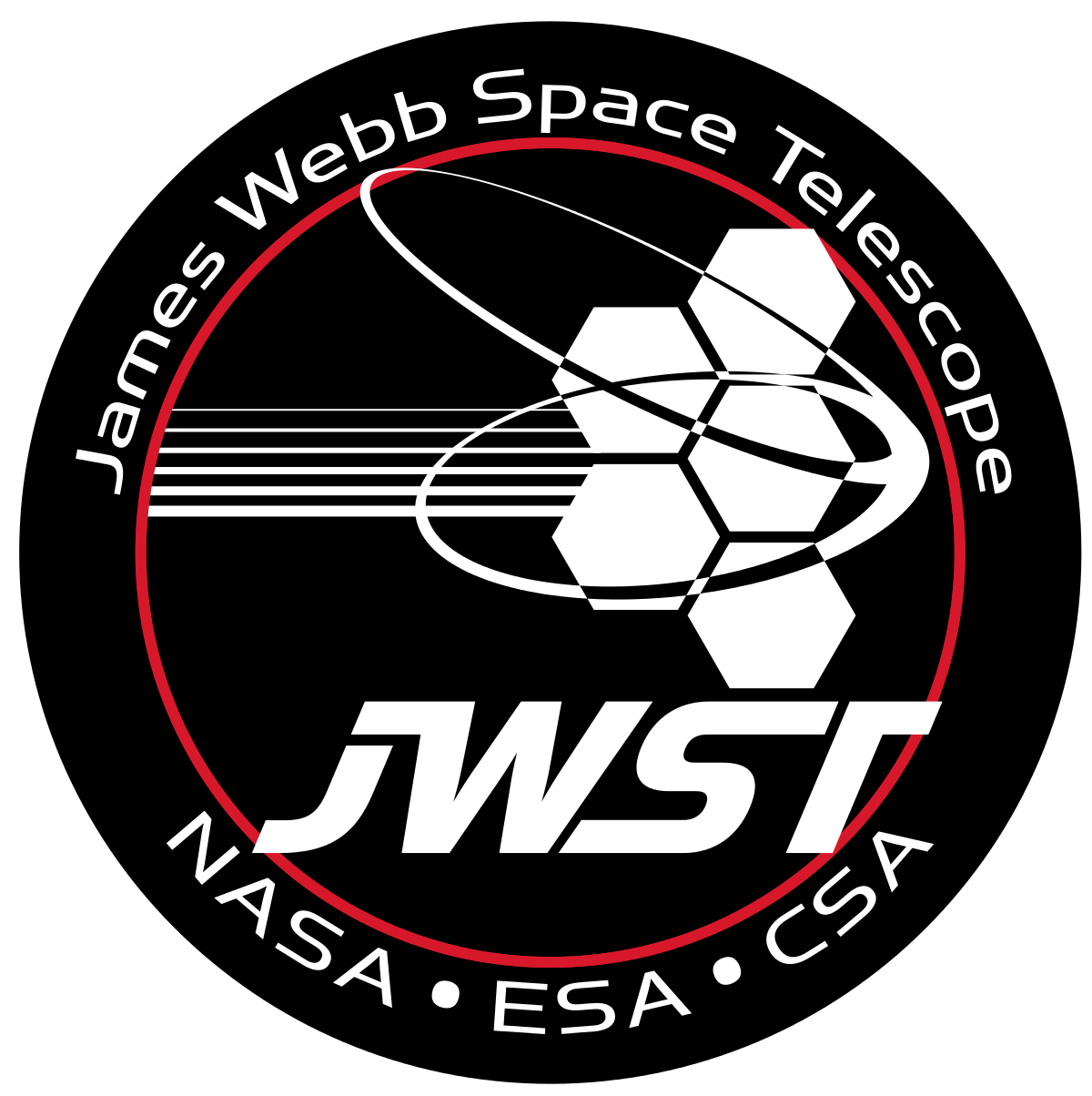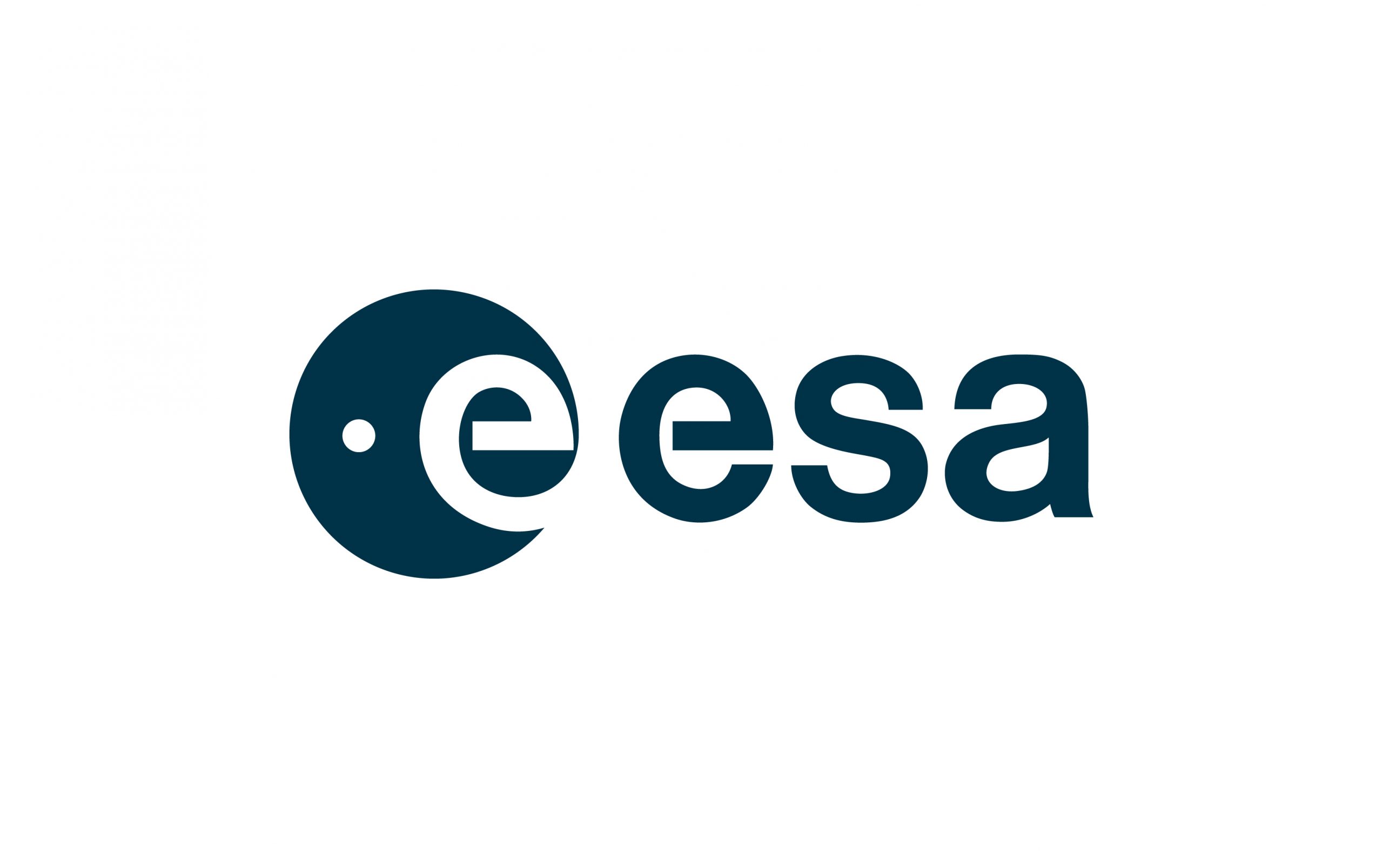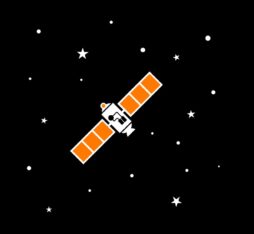• Software onboard the James Webb Space Telescope (JWST) has made it possible to apply a range of processing techniques to remove noise from images of remote galaxies studied astronomers.
• Still in its infancy in the field of astronomy, AI is now being used by researchers to expedite the processing of space data to detect particular phenomena, most recently by a team from Princeton keen to identify blobs of plasma known as plasmoids.
In June 2024, a team of Australian scientists announced a record-breaking wildfire detection system, which makes use of nanosatellites or CubeSats with onboard AI. Once it is deployed, the revolutionary new system will be able to detect outbreaks from space 500 times faster than traditional ground-based imagery processing. This latest breakthrough is just one of many innovations that make use of AI processing of space data for a wide range of tasks including fire detection, climate and environment monitoring and the provision of accurate predictive data for farmers.
In a briefing paper published by Deloitte and the World Economic Forum in January 2024, analysts highlighted how artificial intelligence tools have revolutionized the processing of Earth observation data, which they can quickly and accurately transform into more and more usable information. Combined with intuitive user interfaces, they can also make this data accessible to non-experts and a growing range of stakeholders including environmentalists. Last but not least, AI enabled Earth observation is driving the creation of new business models for organizations across nearly all sectors and industries.
Leading the commercial development of a brand-new space-based service, the American company HawkEye 360 provides maritime authorities with actionable data gathered by a constellation of satellites that precisely geolocate and map radio frequency emissions on Earth. In the event of natural disasters, the company is also able to detect and assess the state of radio towers to ensure that first responders and survivors have access to viable lines of communication.
Innovative technology in the James Webb Space Telescope
Developed by NASA in partnership with the European Space Agency (ESA) and the Canadian Space Agency (CSA), the James Webb Space Telescope (JWST) observes the Universe in near and mid infrared. This enables it to examine waves emitted in distant times. In effect, space is expanding, which shifts the light that has travelled from the supposed time of the formation of the first stars and galaxies, several hundreds of millions of years after the Big Bang, out of the visible spectrum into infrared.
Algorithms make it possible to apply various treatments to optimize JWST’s settings and correct different sources of noise in the raw image.
“Infrared makes it possible to ‘see’ very faraway objects. Light waves they emit, which have travelled for billions of years, have been stretched and deformed by the expansion of space to the point where they leave the visible spectrum, and move into adjacent infrared,” explains Pierre-Olivier Lagage, an astrophysicist at the French Alternative Energies and Atomic Energy Commission (CEA) and MIRI (Mid-Infrared Instrument) scientific leader for France.
MIRI, one of the four scientific instruments taken onboard JWST, operates in the mid-infrared providing exceptional sensitivity. It offers four observing modes: imaging, coronography, low-resolution spectroscopy, and medium-resolution integral field spectroscopy. Coronography, which is comparable to the motion of a person placing their hand in front of the sun when facing it, consists in obscuring the central part of a star so as to make visible the objects orbiting near it. As for spectroscopy, this consists in studying the spectrum of electromagnetic radiation emitted and absorbed by celestial bodies, with each chemical element having a particular profile.
“It is the first time we have access to such complex instruments in space,” emphasizes Pierre-Olivier Lagage.
“A totally new design”
JWST constitutes a major technological leap compared to its predecessors, the Hubble and Spitzer space telescopes. It introduces several technical breakthroughs, starting with the ability of its primary mirror to unfold. With a diameter of 6.5 m, it is lighter than Hubble’s 2.4 m-mirror and deploys after launch.

“More importantly, its shape is adjusted to space thanks to six actuators at the back of each hexagonal segment,” Pierre-Olivier Lagage states. It is one of the most revolutionary aspects of JWST.”
Another innovation quoted by the astrophysicist is the huge heat shield that is also deployable in orbit, which passively maintains the sensors’ temperature below a certain threshold. “The James Webb Space Telescope was a totally new design and NASA has already announced that future telescopes will take inspiration from what was done for this mission.”
Capturing the best images
Several types of algorithm are used to improve JWST’s “vision” and the final image quality. They make it possible to apply various treatments to optimize the telescope’s settings and correct different sources of noise in the raw image.
“At the sensor level, for example, we can reduce the dark current [a residual electric current in the absence of light] and make a flat-field correction,” Pierre-Olivier Lagage explains. This flat-field correction process makes it possible to correct the variations in response of the telescope’s different pixels to the same light source. The aim is to produce a uniform image.
Various astrometric algorithms (relating to the position of stars and other celestial bodies) also enable precise location of radiation sources. Other pieces of software help to improve the telescope’s pointing accuracy and its stability. “The problem does not occur with JWST as it is very stable. We have gone beyond the specifications on this aspect,” enthuses Pierre-Olivier Lagage.
The researcher also mentions calibration software, which enables optimization of the observation settings to retrieve the best data.
Specialized software can then be used depending on the scientific programs. Often developed in an “ad hoc” manner, they implement a multitude of statistical analysis techniques and produce more or less complex processing chains.

The study of exoplanets in transit, Pierre-Olivier Lagage’s field of research, provides us with an example. The transit method consists in associating the periodic decrease in luminosity of a star with an exoplanet orbiting around the star. “The variations of luminosity measured by the transit method are minimal and there is a lot of systematic noise. We therefore use specific ‘detrending’ software to remove the trends that could be caused by various sources of noise and instrumental drifts,” the astrophysicist explains.
AI and “space big data”
This growing volume and complexity of astronomical data have prompted the development of new tools enabling the exploitation of space images that are ever more detailed. Artificial intelligence and machine learning are starting to be used, in particular for combining images from different sources or for detecting and classifying phenomena of interest.
Following the example of JWST, telescopes now take on board several imaging and spectroscopy instruments covering various regions of the electromagnetic spectrum. This enables them to provide multispectral and hyperspectral (meaning they are captured in a more or less large number of spectral bands) images of a scene, with each type of image providing specific information. Algorithms, using neural networks or other similar techniques, can help merge these images to build a high quality spatio-spectral image combining high resolution and detailed spectra.

The identification of weak objects in thousands of astronomical images is an extremely complex and time-consuming task. Here again, powerful AI algorithms can help astronomers to detect and classify phenomena of interest, using computer vision techniques, for example. This is the mission of Morpheus, a deep learning algorithm that can analyse astronomical images pixel by pixel to detect and classify galaxies based on morphological criteria. Initially trained from thousands of images of galaxies captured by Hubble, the Morpheus AI is used in the scope of the ambitious COSMOS-Webb program, which aims to map part of the cosmos with the NIRCam and MIRI cameras of JWST. It will help the researchers to “excavate” this vast region of the Universe in the search for the most ancient galaxies.
Thanks to major progress in the field of instruments and to a novel approach, JWST alone sees what it sees, with an unprecedented sensitivity. With help from machine learning applications, the data that it gathers can be interpreted in even greater detail. In June 2024, physicists at the US Department of Energy’s (DOE) Princeton Plasma Physics Laboratory (PPPL) announced the development of a computer program incorporating machine learning that helps to identify blobs of plasma in outer space known as plasmoids. Using data collected by spacecraft in the magnetosphere, scientists hope to learn more about the phenomenon of magnetic reconnection, which can damage communications satellites and the power networks.
AI, which is still in the early stages as far as astronomy is concerned, could soon become a powerful tool for researchers eager to take full advantage of the exceptional capacities of the JWST in their bid to better understand the many processes at work in space.















